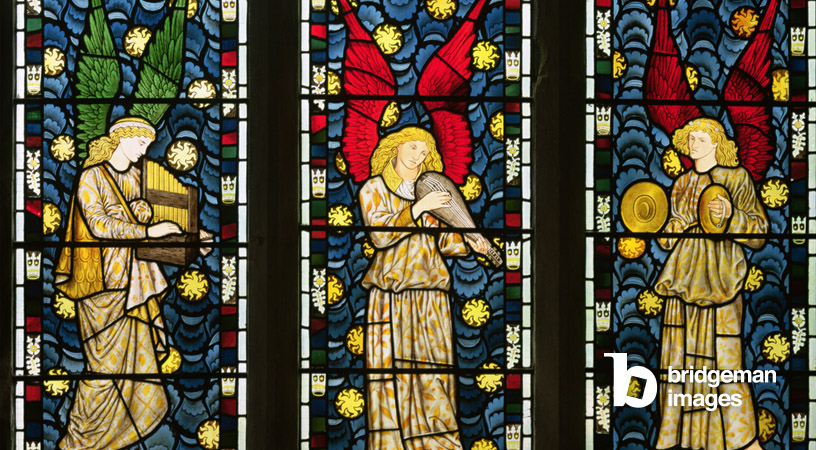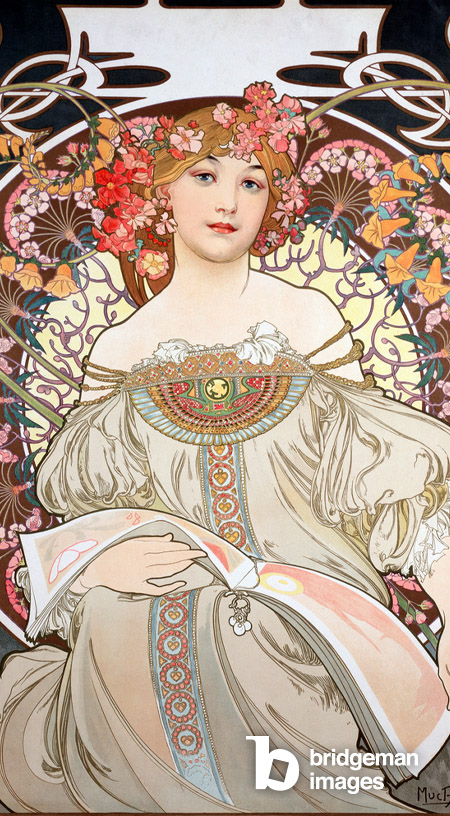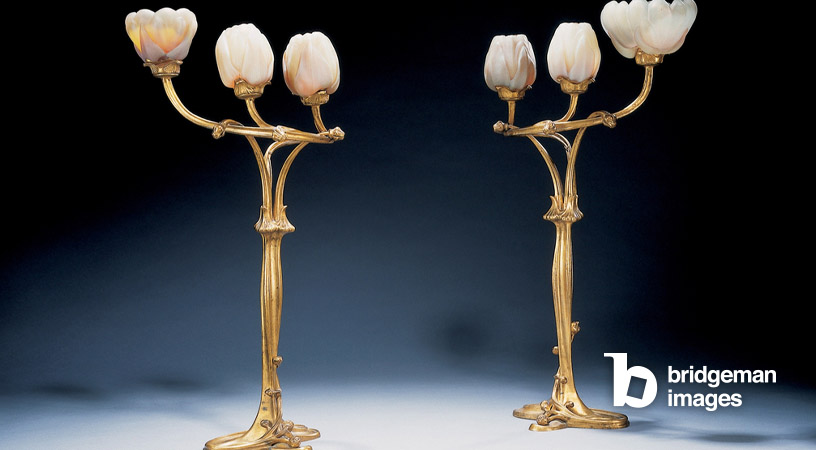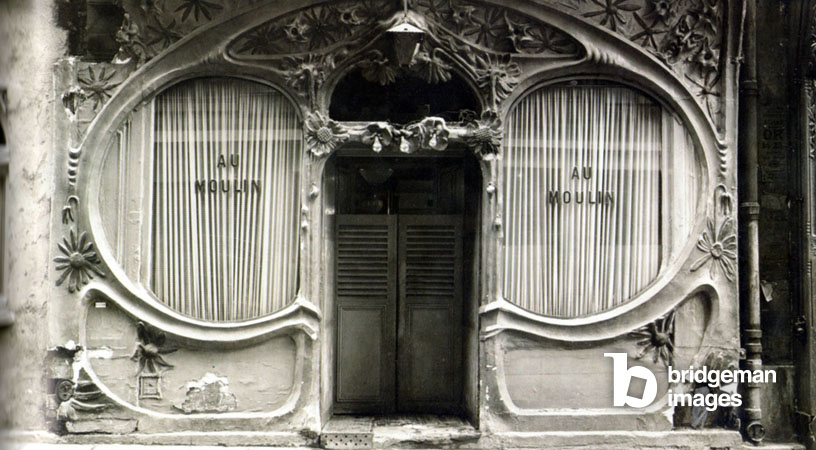Art Nouveau was an exotic, decadent, and ultimately contemporary departure from artistic tradition. Rejecting the tired and outdated historicism associated with classical architecture and design, artists boldly embarked on an artistic revolution to create something new.
View our selection of works from the Art Nouveau movement.
Art Nouveau emerged during a period of immense technological advancements. In the wake of the Industrial Revolution, Europe's modern identity was one of industry and mass production. The movement both embraced and resisted the Industrial Revolution, celebrating craftsmanship and artistic skill while simultaneously incorporating and stylizing automation and industrialization. In the United States, the progressive era was also underway.

Infusing a New Aesthetic into Everyday Life.
William Morris, among the pilers of Art Nouveau – including Alphonse Mucha, Gustav Klimt and Henry Toulouse-Lautrec – is often regarded as the philosophical father of the movement. Morris, revered worldwide for his glorious revival of traditional crafts, stated that "Art Nouveau should provide pleasure for people in their daily lives." In other words, to infuse a new aesthetic into everyday life.

Art Nouveau was not limited to a specific place or time but rather flourished throughout Europe and the United States. As a unifying and universal approach to art, Art Nouveau merged Fine Arts and Applied Arts – from furniture to architecture to book illustrations – to create "total works of art," or the German term "Gesamtkunstwerk." The Parisian gallery Maison de l'Art Nouveau, led by the influential art dealer Siegfried Samuel Bing, played a key role in popularizing the term.
The Characteristics of Art Nouveau
Art Nouveau artists, inspired by plant forms and nature, took organic subjects and flattened and abstracted them into sophisticated, sinuous, and flowing patterns. Among the defining but not exhaustive characteristics are an emphasis on the fluidity of line, geometric shapes, asymmetrical compositions, and a bold synthesis between structure and decoration.

The international presence of Art Nouveau attests to its success in breaking down hierarchies between the arts. By replacing the previously dominant neoclassicism, the movement allowed artists from around the world to enrich the lives of the public, especially by enhancing the design of ordinary spaces and household objects. Since Art Nouveau was present in public places such as train stations, tea rooms, and shops, both public and private domains shared equal ownership of the style.
.jpg)
Passing the Torch: From Art Nouveau to Art Deco
The next movement, Art Deco, is often confused with Art Nouveau. However, these two movements differ both chronologically and stylistically. Art Nouveau is generally regarded as the first modern artistic style, emerging in the latter half of the 19th century. Art Deco appeared in the 1920s as the fervent charm of Art Nouveau gradually faded.
The Legacy of Art Nouveau
Art Nouveau has been a cornerstone for modern artists, and its legacy continues to inspire today. With a touch of Street Art or Abstraction added to the mix, emerging painters and printmakers like Lowdown and Clare Halifax pay tribute to the movement.

Some critics even argue that the style experienced a resurgence in popularity in the 1960s, and over the past 20 years, artists have been incorporating opulent floral motifs and elegant, sinuous lines into their works. But perhaps the style never truly faded away? It seems that Art Nouveau continues to evolve and flourish over time, in the realms of interior design, advertising, and beyond. Far from being a mere relic of the past, Art Nouveau remains an endless source of inspiration and wonder.
View our selection of works from the Art Nouveau movement.
Contact our team; we are always happy to assist you with your research.



